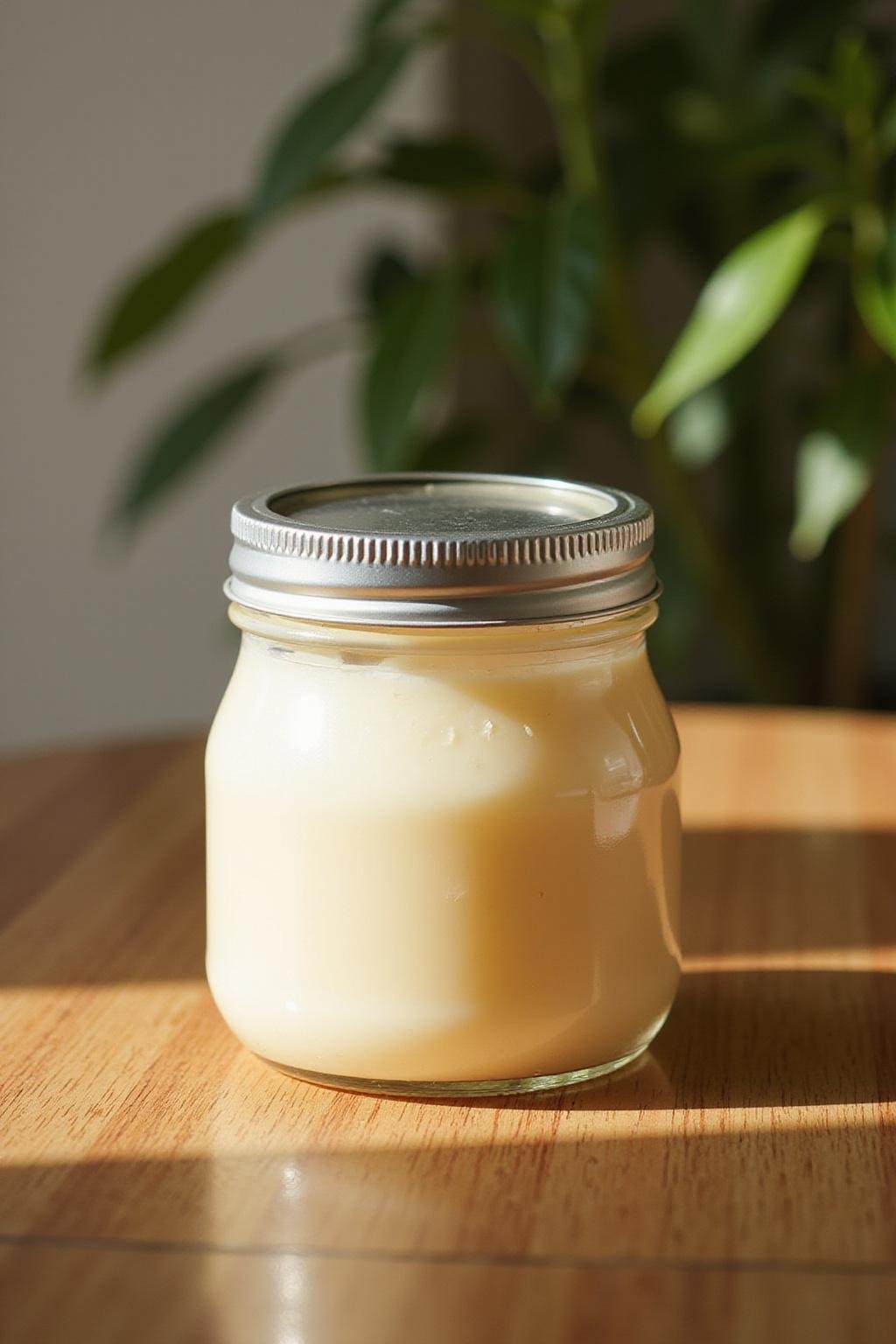1. Introduction
Are you searching for a recipe blog that offers effective and natural skincare solutions? Creating your own homemade sunscreen lotion recipe is a fantastic way to ensure your skin stays protected from harmful UV rays while using safe, nourishing ingredients. As part of a cooking blog or culinary blog focused on food photography and kitchen hacks, this comprehensive guide will walk you through the process of making a natural, effective sunscreen at home. Not only is this an excellent addition to your collection of step-by-step recipes but it also promotes a healthier lifestyle through homemade recipes and culinary tips. For additional skincare tips, check out our article on the rise of sea moss in skincare benefits.
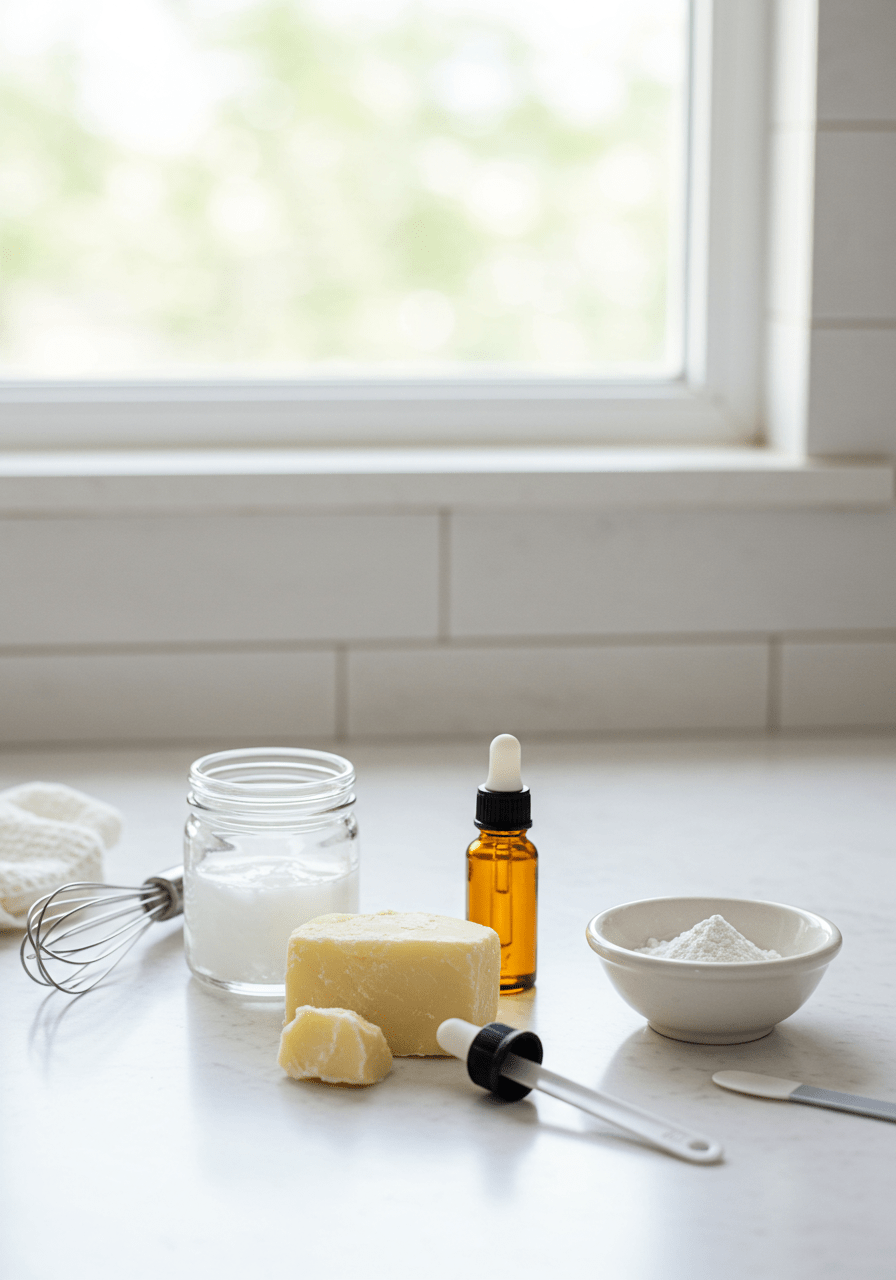
2. Why Choose Homemade Sunscreen Lotion?
In today’s health-conscious world, many consumers are turning to DIY skincare products to avoid the potentially harmful chemicals found in commercial sunscreens. Making your own homemade sunscreen lotion allows you to control the ingredients, ensuring your skin is protected using natural, safe components like zinc oxide and coconut oil. This approach perfectly complements a food blog or recipe sharing site dedicated to kitchen tips and culinary tips that promote overall wellness. Moreover, crafting sunscreen at home is straightforward, utilizing basic ingredients that are often already in your kitchen, making it a cost-effective and environmentally friendly choice. To enhance your skin health and wellness, consider integrating DIY skincare routines with the latest trending products such as Red Light Therapy for Body.
Advantages of homemade sunscreen include:
- Natural ingredients free of harmful chemicals
- Customization of SPF levels based on ingredient quantities
- Cost-effective, using everyday kitchen staples
- Environmental benefits by reducing plastic waste and chemical runoff
- Enjoyable cooking tutorials that enhance your culinary expertise
3. Ingredients Needed for Your DIY Sunscreen
Creating an effective homemade sunscreen lotion involves selecting the right natural ingredients. These components serve as the base and provide active UV protection while nourishing your skin. The essential ingredients include:
- Shea Butter – Moisturizes skin and forms a natural barrier against UV rays
- Coconut Oil – Provides hydration and has mild sun protection properties
- Zinc Oxide – The primary active ingredient for broad-spectrum UV protection
- Beeswax – Adds volume and helps maintain the lotion’s consistency
- Optional essential oils – For fragrance and additional skin benefits
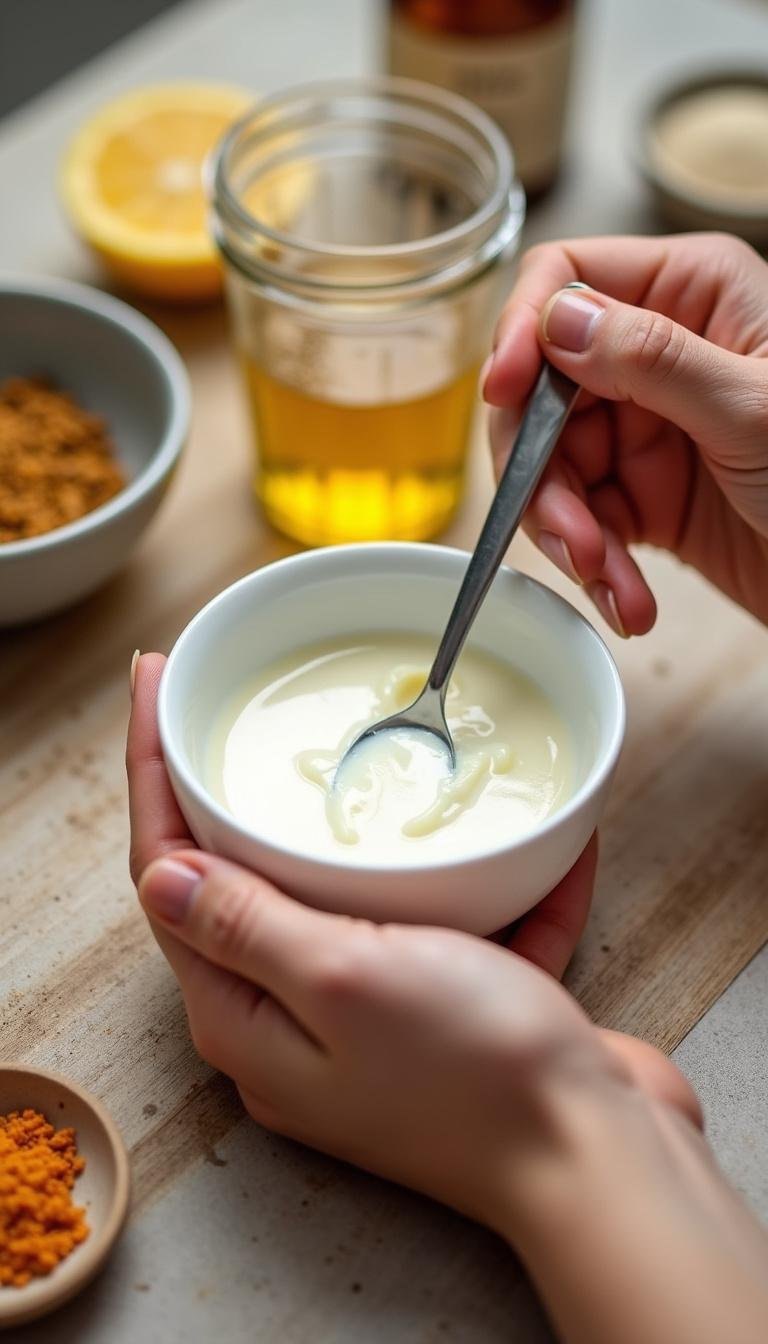
4. How to Make Homemade Sunscreen Lotion: Step-by-Step Guide
This section offers a detailed cooking tutorial suitable for recipe ideas enthusiasts and kitchen hacks. Follow these simple steps to craft your own natural sun protection lotion that thrives on step-by-step recipes and food styling techniques:
Step 1: Prepare Your Ingredients
Gather high-quality, preferably organic ingredients such as shea butter, coconut oil, beeswax, and zinc oxide. Accurate measurement is crucial for achieving the desired SPF and perfect texture. For reliable measurements, consider using kitchen tools like DKNY Women’s Sport Tummy Control Workout Yoga Leggings to stay comfortable during mixing and application. Starting with quality ingredients is fundamental, just like in baking recipes and meal prep.
Step 2: Melt the Base Ingredients
Combine shea butter, coconut oil, and beeswax in a double boiler or microwave-safe bowl. Slowly heat until everything is fully melted, stirring occasionally. This controlled heating process mirrors techniques used in cooking tutorials and assures the proper texture. For premium kitchen tips, you might also explore tools like CHRLEISURE Women’s 4 Packs Workout Shorts—comfortable wear during your DIY skincare and workout routines.
Step 3: Add Zinc Oxide
Once melted, carefully stir in zinc oxide powder, ensuring even distribution. Protect yourself by wearing a mask to prevent inhaling the powder — a handy kitchen hack for safety. Incorporate natural skincare essential gear such as Red Light Therapy for Face to complement your DIY routine for maximum skin benefits.
Step 4: Incorporate Essential Oils (Optional)
Add a few drops of your preferred essential oils—like lavender or tea tree—for fragrance and added skin benefits. Mix thoroughly to ensure all components are well integrated. This step allows for customization, essential for recipe sharing sites that promote personalized kitchen tips strategies.
Step 5: Pour and Cool
Pour the mixture into a clean jar or container. Let it cool and solidify at room temperature. Once set, your homemade sunscreen lotion is ready to be used for daily sun protection. For stylish storage, consider the advantages of durable, reusable containers like STANLEY IceFlow Stainless Steel Tumbler.
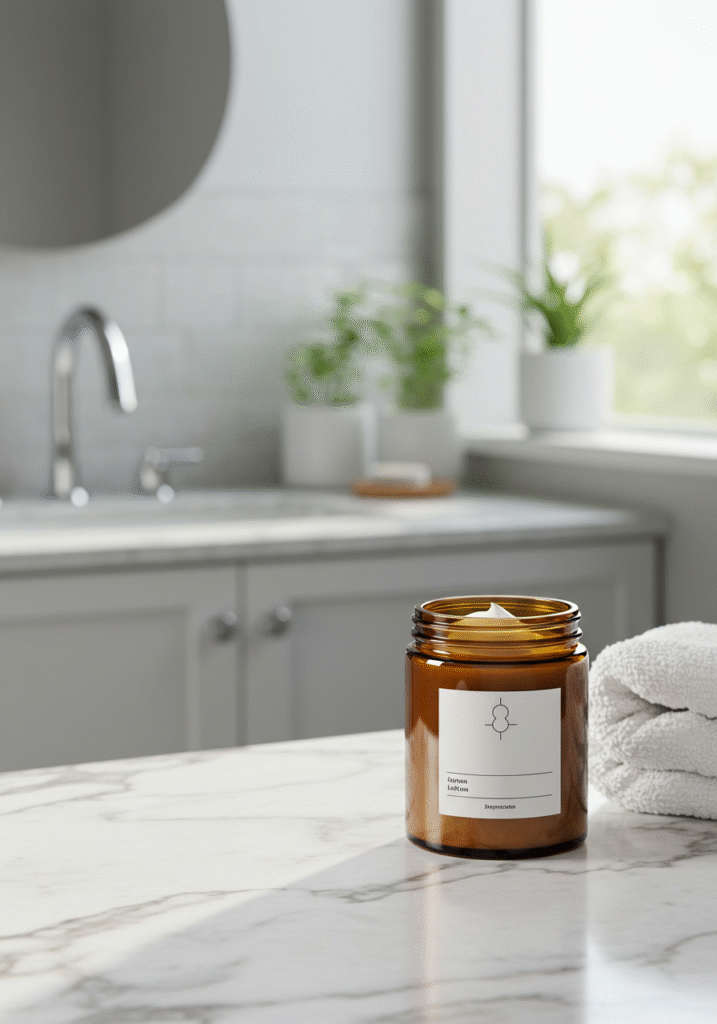
5. Usage Tips and Storage
Store your homemade sunscreen lotion in an airtight container, kept away from direct sunlight to preserve its effectiveness. Apply generously to all exposed skin areas at least 15 minutes before sun exposure, and reapply every two hours or after swimming or sweating — similar to cooking tips when handling sensitive ingredients. To stay prepared during outdoor activities, consider carrying your lotion in 【a stylish reusable bottle】 like the Stanley IceFlow Stainless Steel Tumbler.
Important reminders:
- Always perform a patch test to check for allergic reactions
- To increase SPF, add more zinc oxide carefully
- Use within 3-6 months for optimal freshness and effectiveness
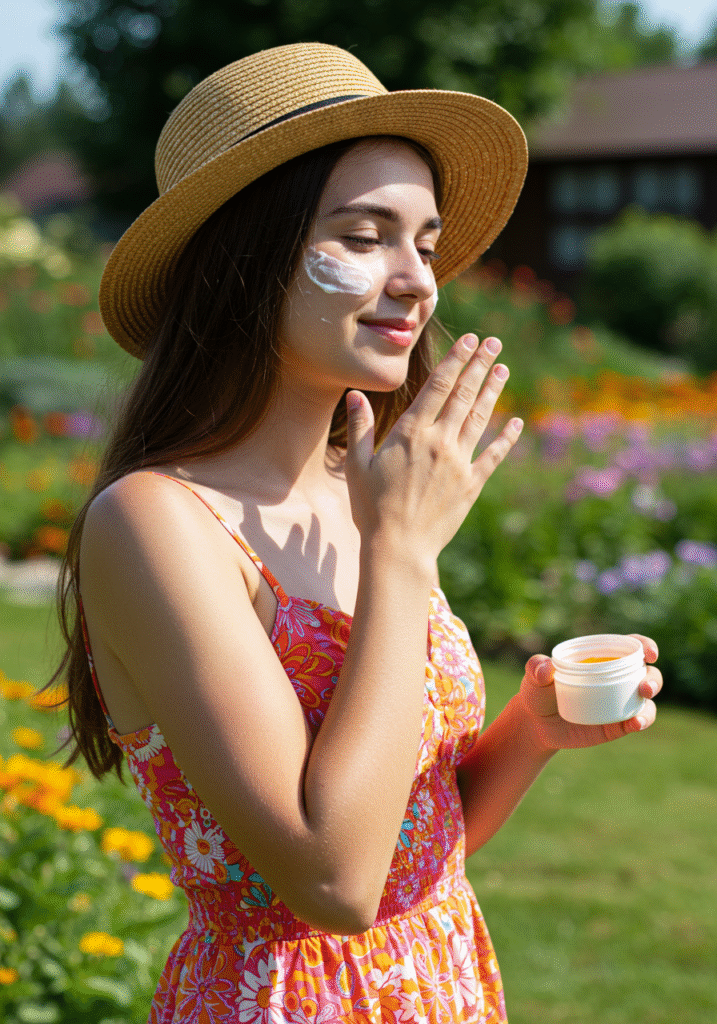
6. Frequently Asked Questions (FAQs) about Homemade Sunscreen Lotion
Can I make sunscreen with natural ingredients at home?
Absolutely! Creating sunscreen with ingredients like zinc oxide, shea butter, and coconut oil is totally feasible and aligns with the ethos of food blogging and culinary tips. Crafting homemade recipes for skincare allows you to tailor protection levels and avoid harmful chemicals typically found in commercial products. For a deeper dive into natural skincare ingredients, visit this resource on sea moss benefits in skincare.
What is the best natural SPF ingredient for homemade sunscreen?
Zinc oxide remains the gold standard due to its broad-spectrum UV protection capabilities. When used correctly, it offers protection against both UVA and UVB rays. Incorporating zinc oxide ensures your recipe blog enthusiasts and DIY skincare lovers achieve effective sun protection with food styling and kitchen hacks aligned solutions.
How long can I store homemade sunscreen lotion?
Store your freshly made lotion in an airtight container in a cool, dark place for about 3 to 6 months. Proper storage ensures your culinary tips for keeping homemade products fresh and effective. Consider accessories like Comfytemp 24” x 17” Large Red Light Therapy Pad for ongoing skin support.
Is homemade sunscreen safe for children and sensitive skin?
Yes, if formulated correctly with gentle, non-irritating ingredients such as zinc oxide and mild carrier oils, it can be suitable for children and sensitive skin types. Always perform a patch test before widespread use. Explore skincare safety tips on ways to manage cortisol belly and ensure overall skin health.
Can I customize my homemade sunscreen with different oils?
Definitely! You can add nourishing oils such as jojoba or almond oil to enhance skin hydration. Just ensure these oils do not compromise the sunscreen’s protective properties. This flexibility highlights the creative potential of a recipe sharing site focused on kitchen hacks and personalized cooking inspiration.
Embracing the spirit of a cooking blog, this article encourages experimentation and safe creation of personalized, natural skincare solutions. Happy food photography and meal ideas as you explore new kitchen tips for health and beauty!

